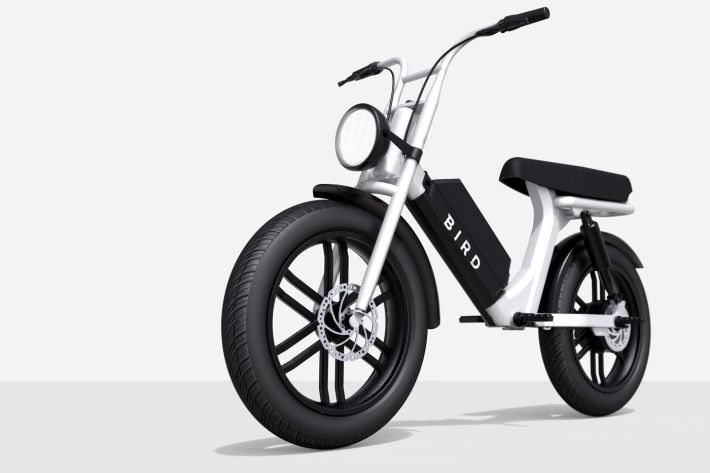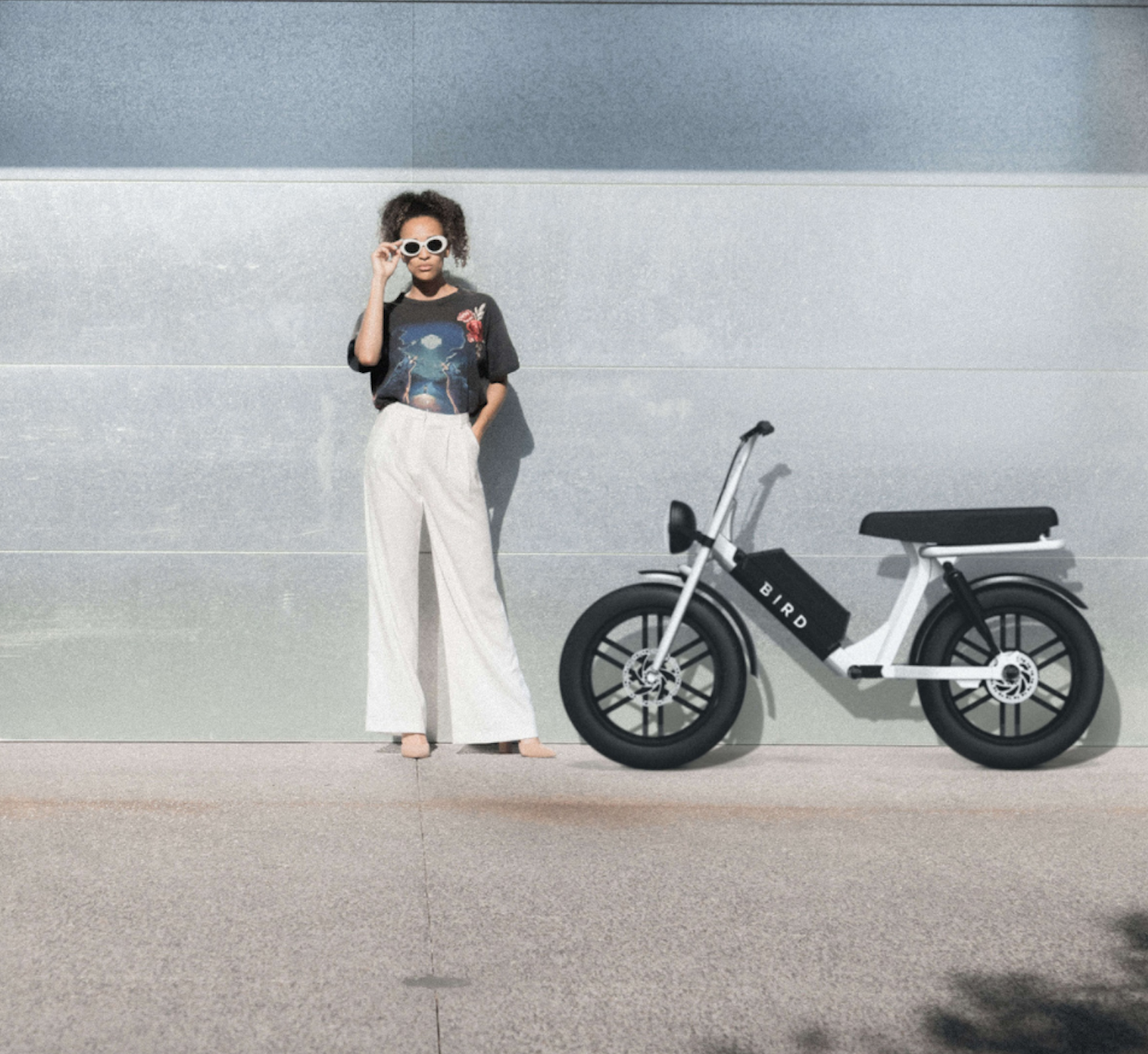It's easy to get cynical about the venture-capital-funded micromobility industry. It seems like every time they introduce a new way to get around, a few months later a hot new gadget comes on the scene and renders it obsolete. We've seen that with non-electric dockless bicycles, which were dumped in scrapyards in large numbers and largely replaced by electric-assist pedal bikes. Then dockless electric scooters became a thing last year, and dockless bike companies shifted their attention towards scooters.
However, the scooters appear to have a poor safety record. While only there have been only two fatalities in the roughly decade-long history of modern U.S. bike-share (tragically, one of them was in Chicago), four scooter users died in 2018 alone. A third of injury crashes have happened during a user's very first trip.
So it was only a matter of time until someone rolled out a safer alternative to standing scooters, that offers the same opportunity for the kind of sweat-free, no exercise ride that appeals to some people. Yesterday Bird, one of the leading scooter companies, unveiled a new electric, rentable vehicle called the Cruiser. I'm not sure whether to classify it as a seated scooter, an electric moped, or a heavy-duty e-bike.
"To further accelerate progress on our mission to make cities more livable, we are providing additional environmentally friendly micro-mobility alternatives—including Bird Cruiser," said Bird CEO Travis VanderZanden in a statement. "Starting this summer, people can move about their city and explore new neighborhoods together, without a car."
One unique aspect of the device is that it can accommodate two adults on a long, padded seat. Riders can choose to pedal or simply place their feet on pegs. It has 20-inch wheels, smaller than a standard bike, with relatively fat tires, plus front and back suspension, intended to provide a comfortable ride on rough pavement. There are hydraulic disc brakes, a 52-volt battery, and a custom-made motor that company says will be able to smoothly handle uphills (not that that's a major issue in flat Chicago.) Bird will be demo-ing the cruisers in a few cities this summer, although it's not clear whether Chicago will be on the list.
A spokesperson for Bird wouldn't tell me how fast the Cruiser goes or how much it weighs, but said the company will comply with local rules for this kind of e-vehicle.
In March, on the eve of the passage of the Divvy expansion deal, which includes electric-assist bikes, the city of Chicago passed an ordinance to regulate e-bikes. In order to be ridden legally on bike lanes and paths, electric bikes must weigh under 125 pounds, have a motor of less than 750 watts, that provides assistance only when the rider is pedaling, and stops providing assistance when the bike reaches 20 mph.
While we don't know the weight of the Cruiser, and it's not possible to translate volts to watts without knowing amperage, a no-pedal model wouldn't be legal in Chicago bike lanes. Presumably the company could get around this by only deploying pedal-assist vehicles in our city.

Sharon Feigon, head of the Chicago-based Shared Use Mobility Center, welcomed the introduction of a new micromobility device on the market, with some caveats. "It's good they can carry two people," she said. "The multi-modal future can't work well if we don't address the space that single-occupancy vehicles take." However, she said, it may be necessary to make helmets available for riders, and parking policy for Cruiser-type vehicles would need to be determined. "The rules for the current [Chicago ] scooter pilot might work for this."
Active Transportation Alliance director Ron Burke declined to comment on whether Cruiser-type vehicles would be a good addition to Chicago's transportation mix without knowing its top speed.
Assuming that these vehicles don't go faster than 20 mph, ideally slower (the e-Divvy electrical assist will top off at 18 mph), it seems to me that they might be a positive addition to the scene. They appear to be safer than standing scooters, with less potential for going over the handlebars, and a wider side profile that makes them more visible to motorists, and they might work better for people with disabilities and seniors.





